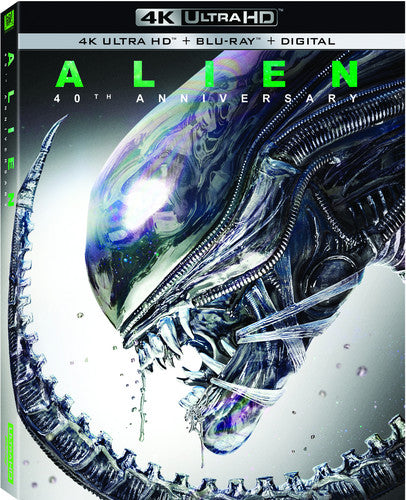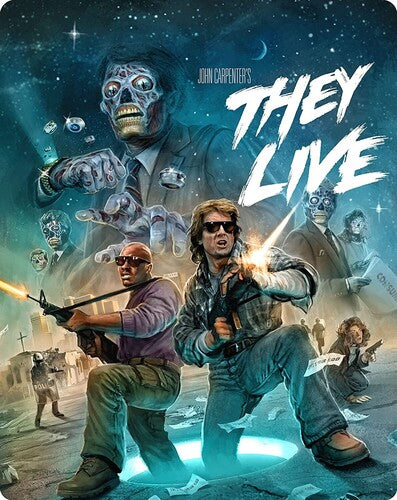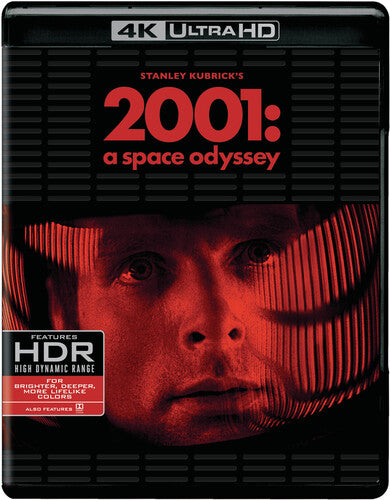Alien (4K Ultra HD)
$19.99
$26.99
Star Trek Voyager: The Complete Series (DVD)
$103.99
$144.99
Us Dark Few
$12.99
$16.99
The Turner Diaries
$27.99
$30.00
Berserk Deluxe Volume 4
$35.99
$49.99
Avatar: The Way of Water (4K Ultra HD)
$26.99
$38.99
Avatar (4K Ultra HD)
$24.99
$38.99
Monster Musume, Volume 9
$9.99
$12.99
To Love Ru Darkness Vol. 16
$10.99
$13.99
Daredevil Modern Era Epic Collection: Underboss
$32.99
$44.99
Murder Falcon Deluxe
$21.99
$29.99
The Hard Switch
$13.99
$18.99
Things from the Flood
$28.99
$39.99
The Cure: A Young Adult Dystopian Novel
$13.99
$15.24
Deadman Wonderland, Vol. 2
$7.99
$9.99
Deadman Wonderland, Vol. 1
$7.99
$9.99
Parasyte Full Color Collection 2
$14.99
$19.99
Battle Royale: Remastered
$12.99
$16.99
Hellsing Deluxe Volume 3
$35.99
$49.99
Parasyte Full Color Collection 1
$14.99
$19.99
Gantz Omnibus Volume 1
$17.99
$24.99
Fire Punch, Vol. 1
$10.99
$14.99
Enthralled (The Spider's Mate #2)
$14.99
$19.99
Gyo (2-In-1 Deluxe Edition)
$17.99
$25.00
They Live (4K Ultra HD)
$26.99
$34.98
Transformers: 7-Movie Collection (4K Ultra HD)
$86.99
$96.99
Dune: Part Two (4K Ultra HD)
$35.99
Brewing Up
$4.99
$5.99
Star Wars: Episode IV: A New Hope (DVD)
$14.99
$19.99
Star Wars: Episode V: The Empire Strikes Back (DVD)
$14.99
$19.99
Halo: The Complete Video Collection (Blu-ray)
$31.99
$44.99
Alien: 6-Film Collection (Blu-ray)
$35.99
$49.99
Men in Black / Men in Black 2 / Men in Black 3 (Blu-ray)
$18.99
$25.99
Prometheus (4K Ultra HD)
$20.99
$30.99
Prey (4K Ultra HD)
$33.99
$38.99
Avatar: The Way of Water (4K Ultra HD)
$46.99
$75.99
Alien: Covenant (4K Ultra HD)
$20.99
$30.99
The Thing (4K Ultra HD)
$23.99
$29.98
2001: A Space Odyssey (4K Ultra HD)
$27.99
$34.98
Notes from a Regicide
$27.99
The Book of Doors
$19.99
Wolverine: Deep Cut
$17.99












![Amazing Spider-Man Epic Collection: Great Responsibility [New Printing] by Lee, Stan](http://surprisecastle.com/cdn/shop/files/img_09eae551-c094-42aa-8b64-db741607cac7.jpg?v=1732437732&width=533)








































